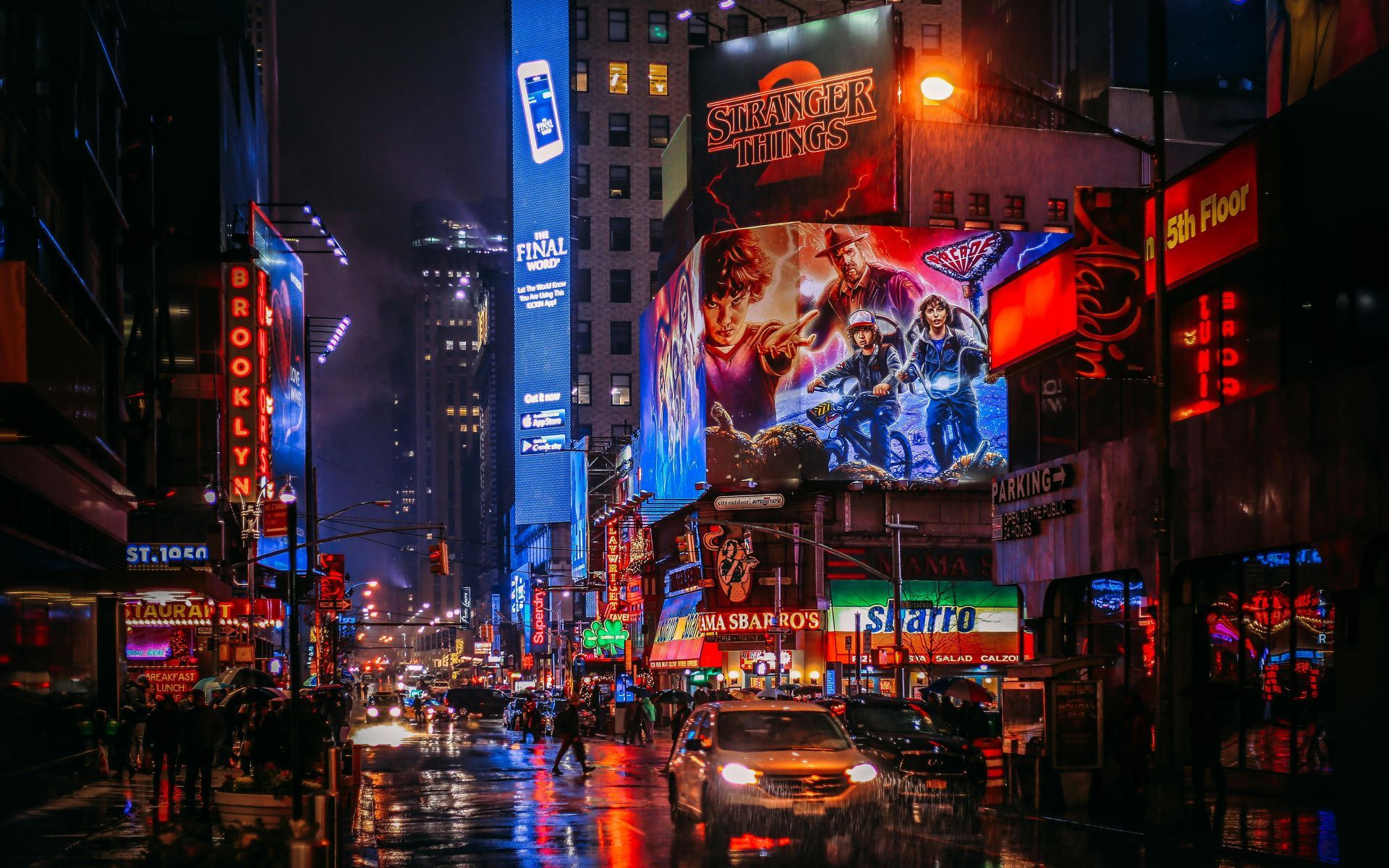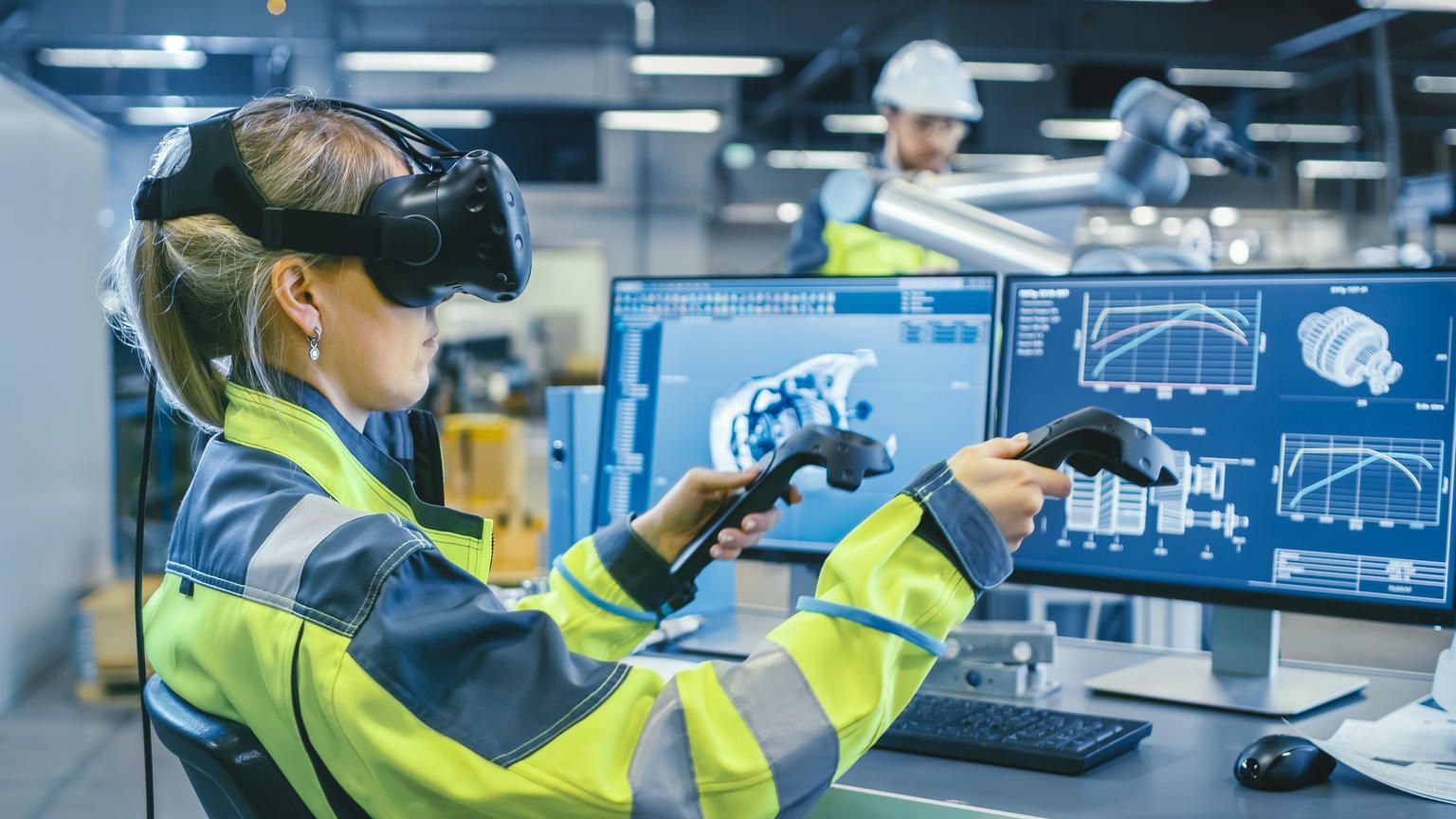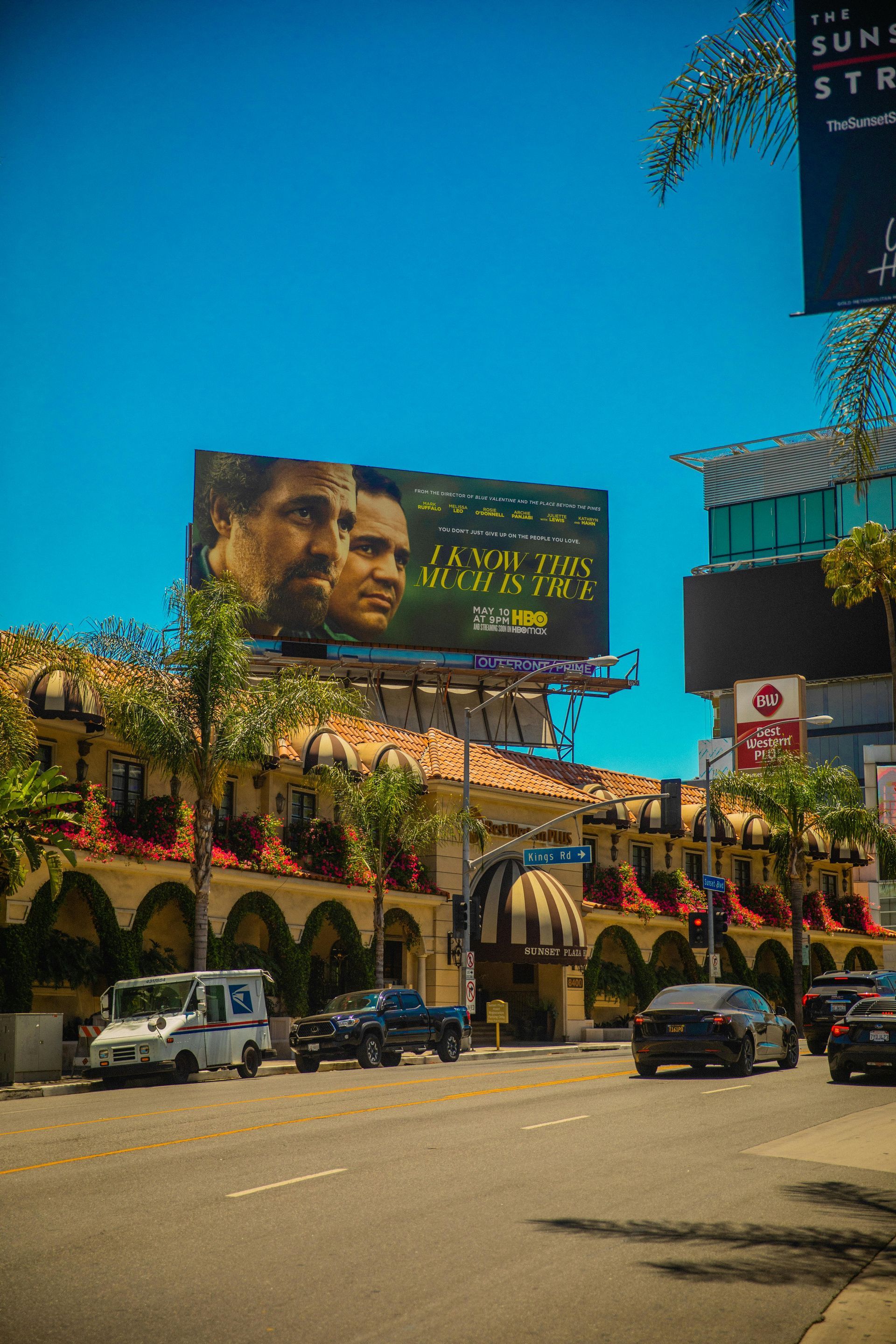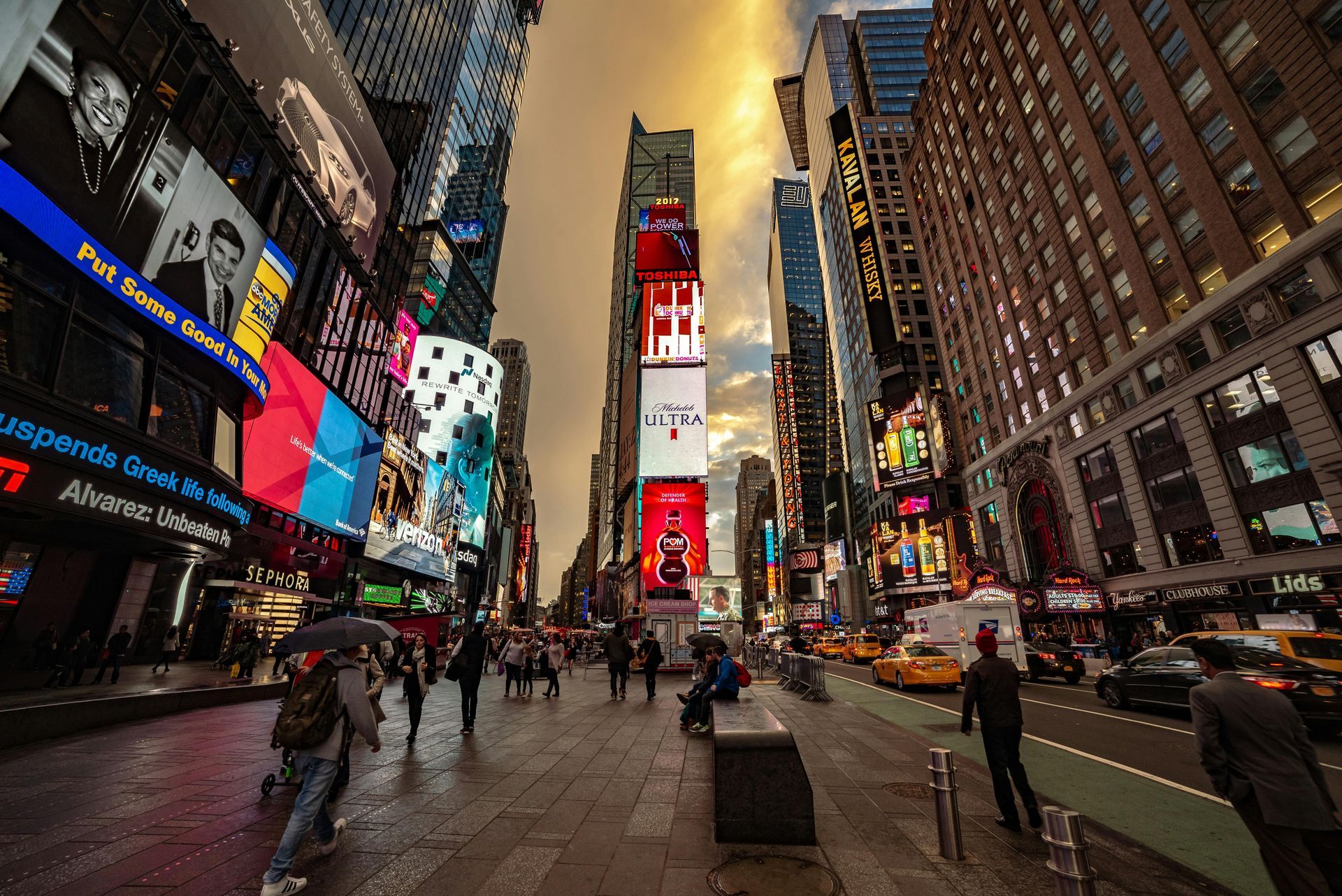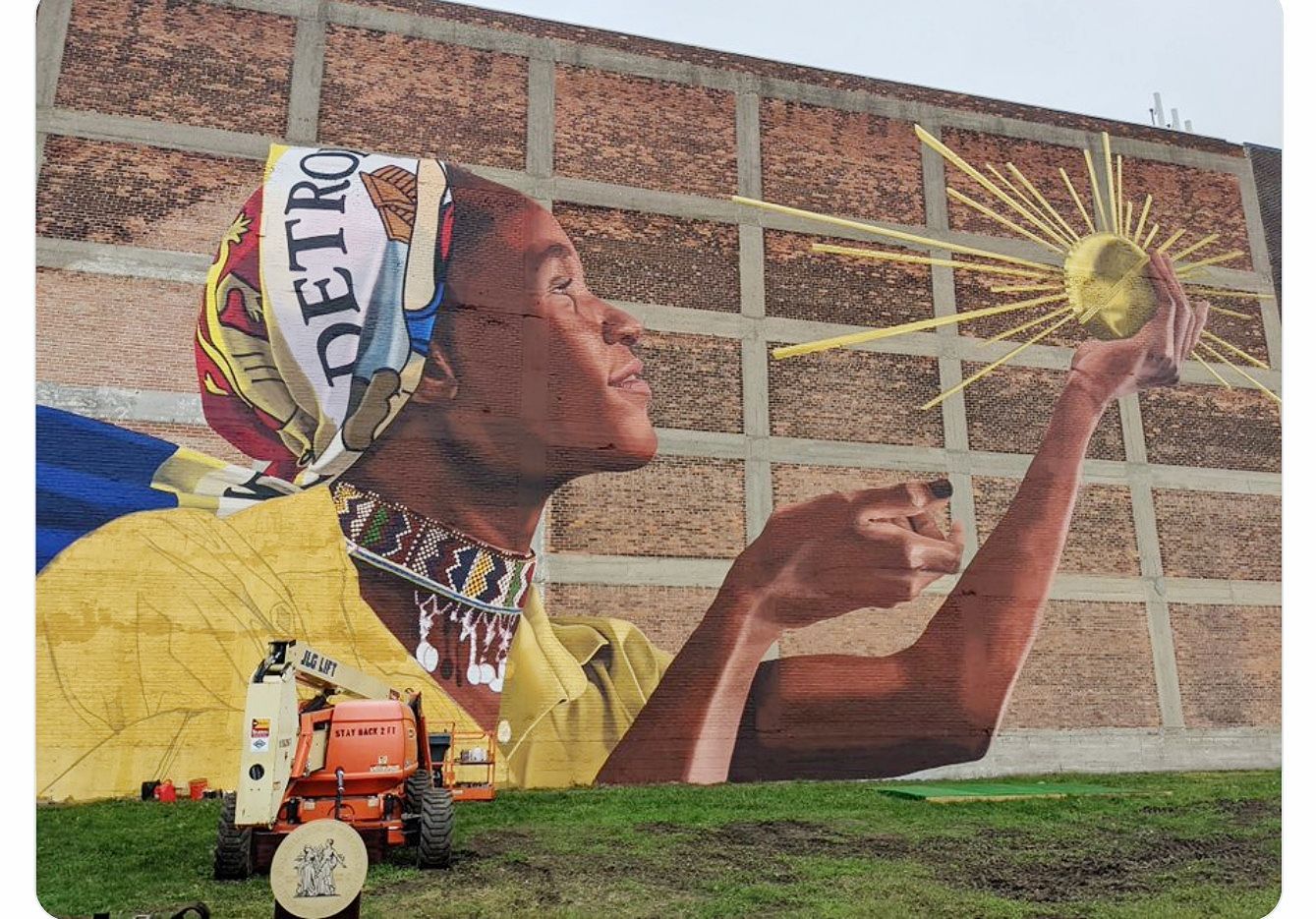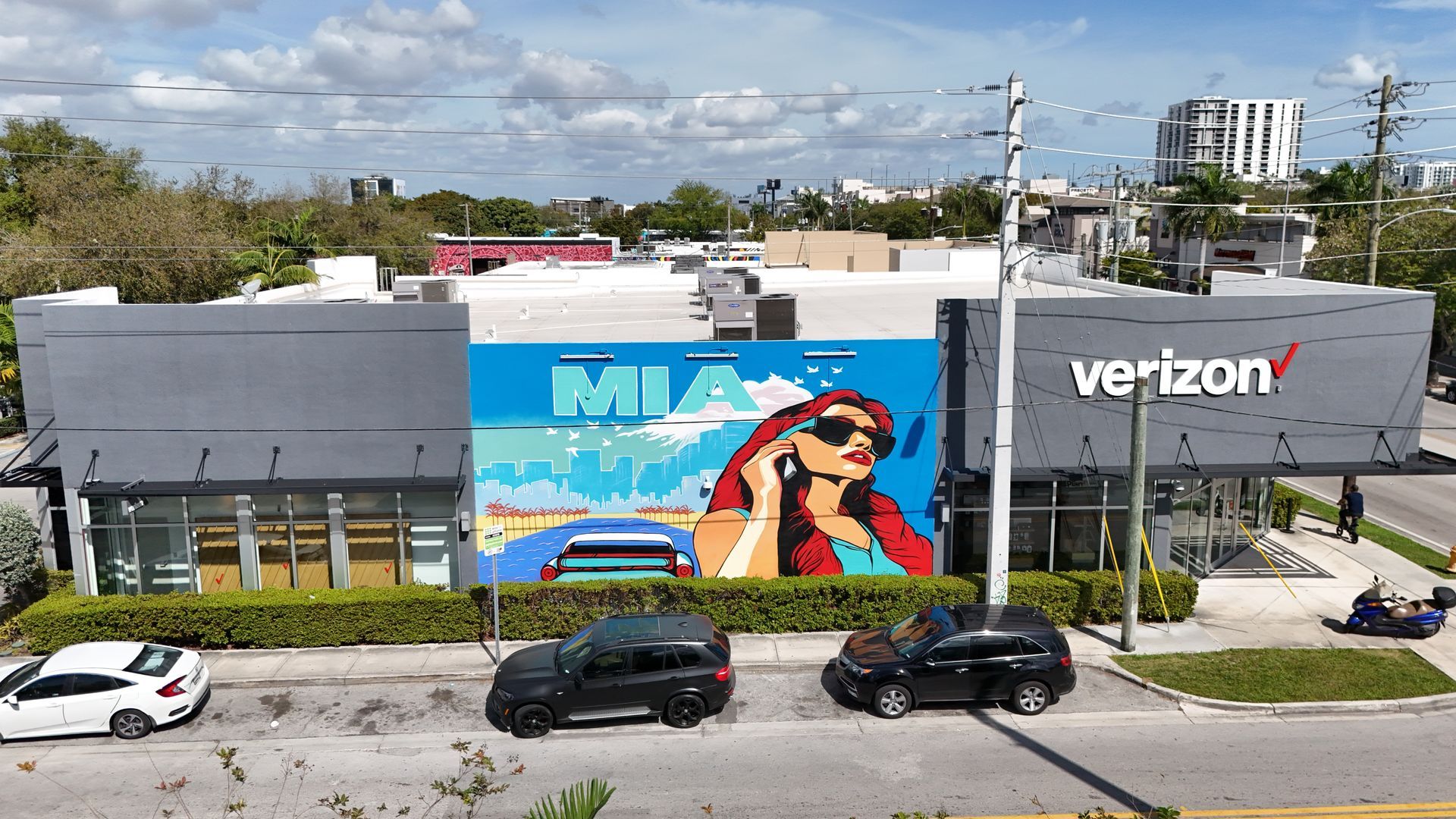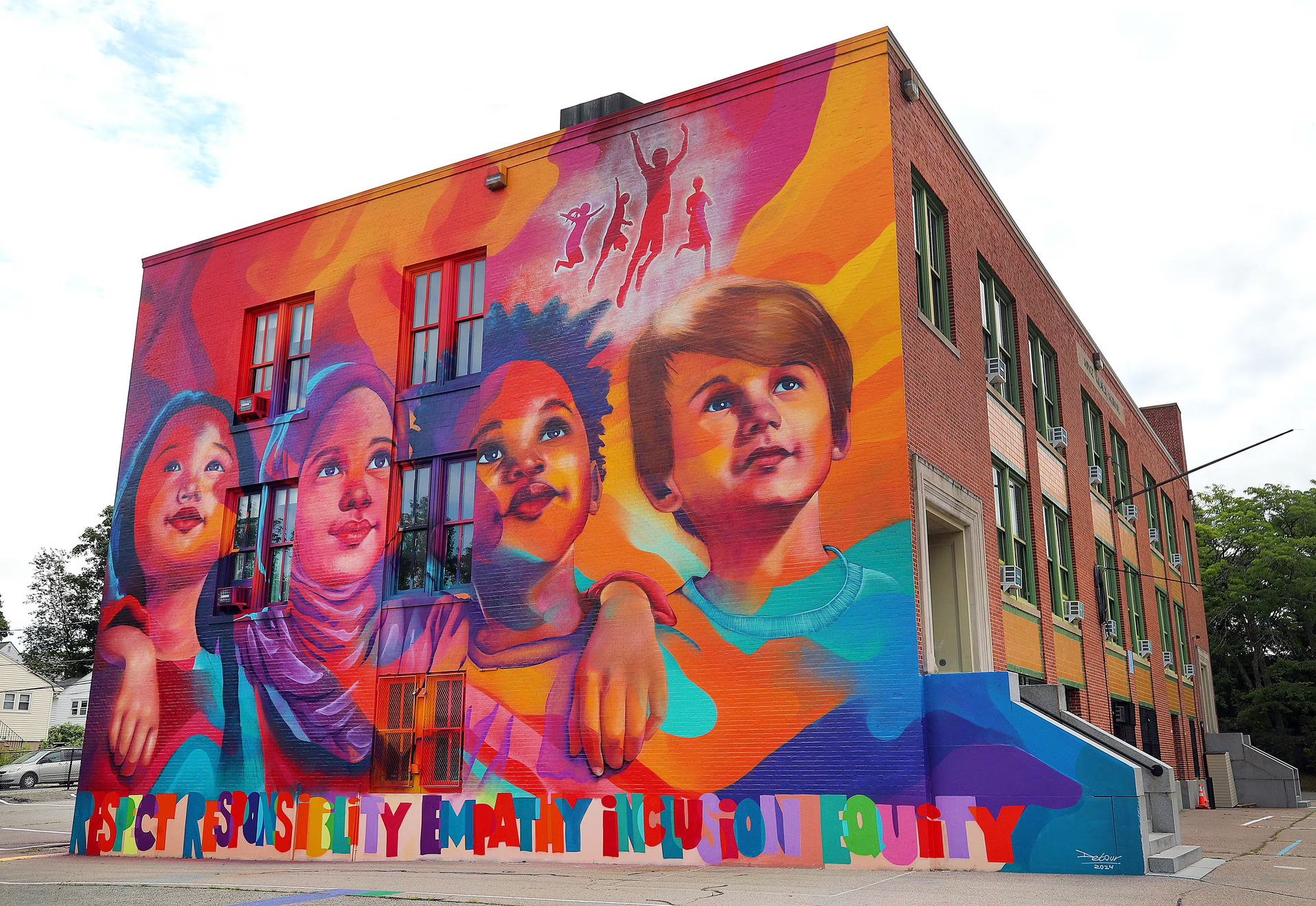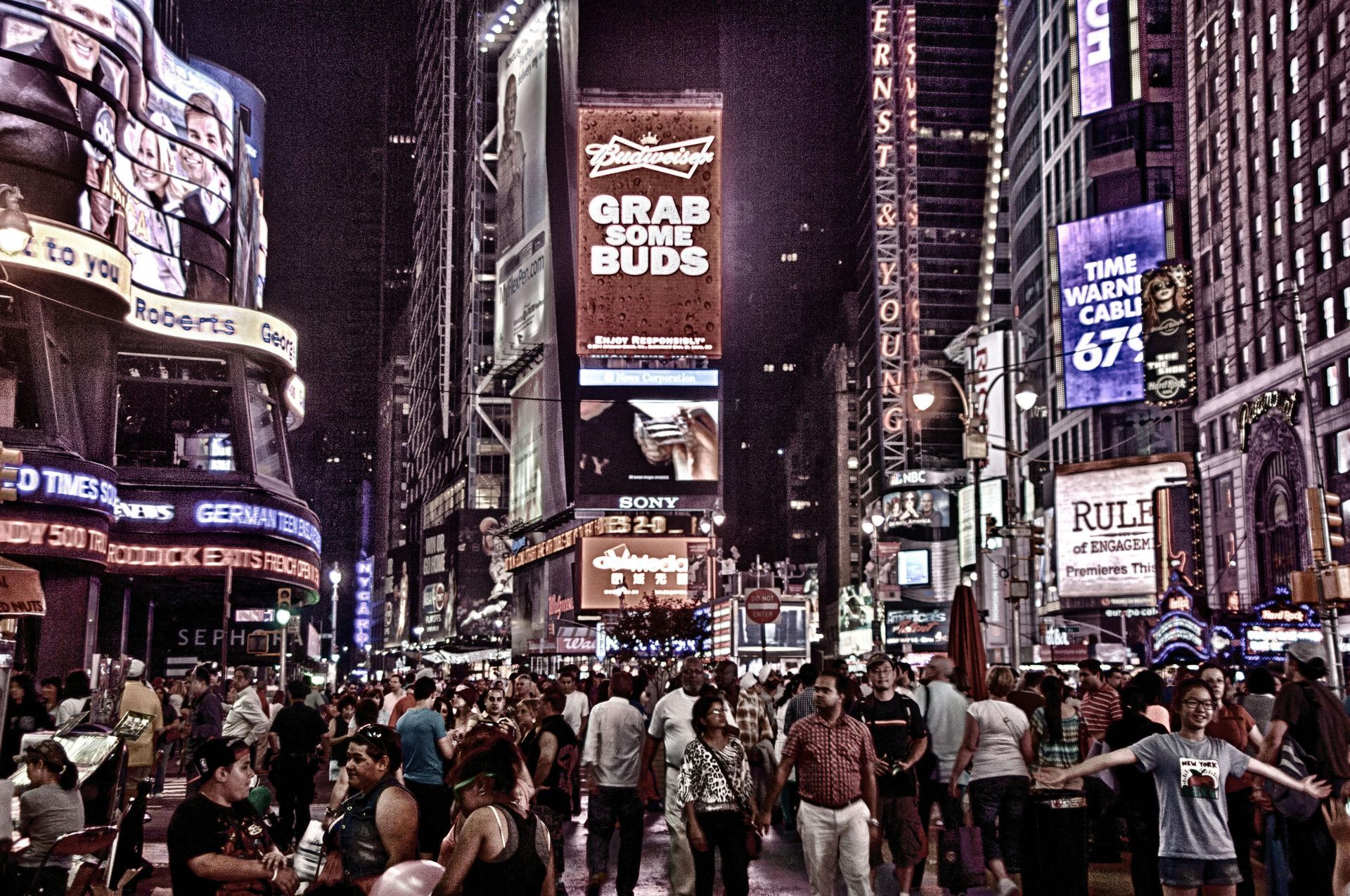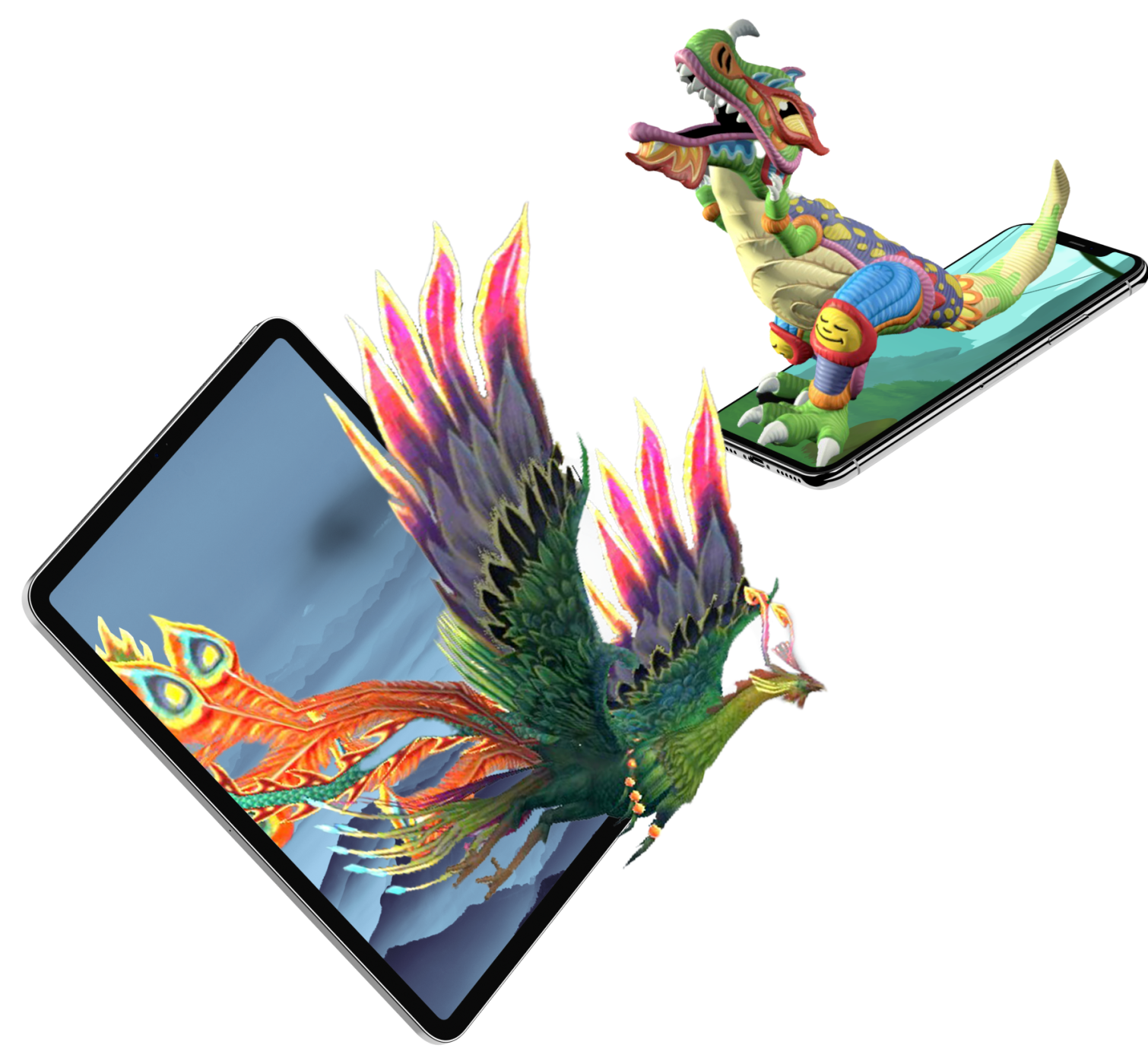How to Hire the Best Mural Artist: Tips and Considerations
Murals have become increasingly popular additions to both residential and commercial spaces. A well-executed mural can transform a bland wall into a captivating focal point, tell your brand's story, or simply bring joy to those who view it. However, finding and hiring the right mural artist for your specific project can be challenging. This comprehensive guide will walk you through hiring the best mural artist for your needs, ensuring your vision comes to life exactly as you imagined.
Understanding the Value of Professional Mural Artists
Before diving into the hiring process, it is essential to understand what distinguishes professional mural artists from amateur painters or general contractors. Professional mural artists possess specialized skills, experience, and a creative vision that can transform your project from ordinary to extraordinary.
Technical Expertise
Professional mural artists possess technical skills honed through years of practice and formal training. They understand color theory, composition, perspective, and scale—all essential elements in creating artwork on large surfaces. Their expertise ensures that your mural will appear proportionate and visually appealing, regardless of the viewing angle or distance.
Durability and Longevity
Experienced mural artists understand which materials and techniques will ensure that your mural endures over time. They choose suitable paints for both indoor and outdoor applications, thoroughly prepare surfaces, and apply protective coatings when needed. This expertise ensures that your investment remains vibrant and intact for years.
Creative Problem-Solving
Every wall presents unique challenges—unusual dimensions, architectural features, lighting conditions, or surface textures. Professional mural artists can adapt their designs to work with (rather than against) these elements, turning potential obstacles into creative opportunities.
Defining Your Mural Project Goals
Before you begin your search for the perfect mural artist, clearly define your goals for the project.
Purpose of the Mural
Consider the primary function of your mural:
- Is it meant to reinforce your brand identity?
- Will it serve as a landmark or wayfinding tool?
- Is it purely decorative or meant to evoke specific emotions?
- Does it need to communicate a particular message or story?
Style Preferences
Murals come in countless styles, ranging from photorealistic to abstract, illustrative to typographic. Explore various mural styles and pinpoint the ones that resonate with your vision. Having examples of styles you appreciate will help convey your expectations to potential collaborators artists.
Budget Considerations
Mural costs vary widely based on factors like size, complexity, location, and artist experience. Establishing a realistic budget range early in the process will help you find artists who can work within your financial parameters.
Timeline Requirements
Quality murals take time to plan and execute. Consider your timing needs:
- Do you need the mural completed by a specific date (e.g., before a grand opening)?
- Are you flexible on timing to accommodate a sought-after artist's schedule?
- Will weather conditions affect your timeline for outdoor murals?
Finding Potential Mural Artists
Once you've defined your project goals, it's time to begin your search for the right artist. Cast a wide net using multiple sources to discover talented mural artists.
Online Platforms and Directories
Several online platforms specialize in connecting clients with mural artists:
- Instagram has become a powerful platform for discovering mural artists through hashtags like #muralartist, #muralist, or location-specific tags like #chicagomurals
- Mural Match and FindAMuralist.com allow you to browse portfolios of mural artists specifically.
- Behance and ArtStation showcase work from various visual artists, including muralists.
Local Art Organizations
Many cities have arts councils, public art programs, or nonprofit organizations that maintain rosters of local artists. These organizations can often provide recommendations based on your specific needs.
Public Art Tours
Take a walking tour of murals in your area. When you discover artwork that resonates with your vision, research the artist who created it. Most public murals display the artist's signature or social media handle.
Art Schools and Universities
Art schools and universities with strong fine arts programs often have talented students or alumni who specialize in mural creation. Reaching out to these institutions can connect you with emerging artists who may offer fresh perspectives at more accessible rates.
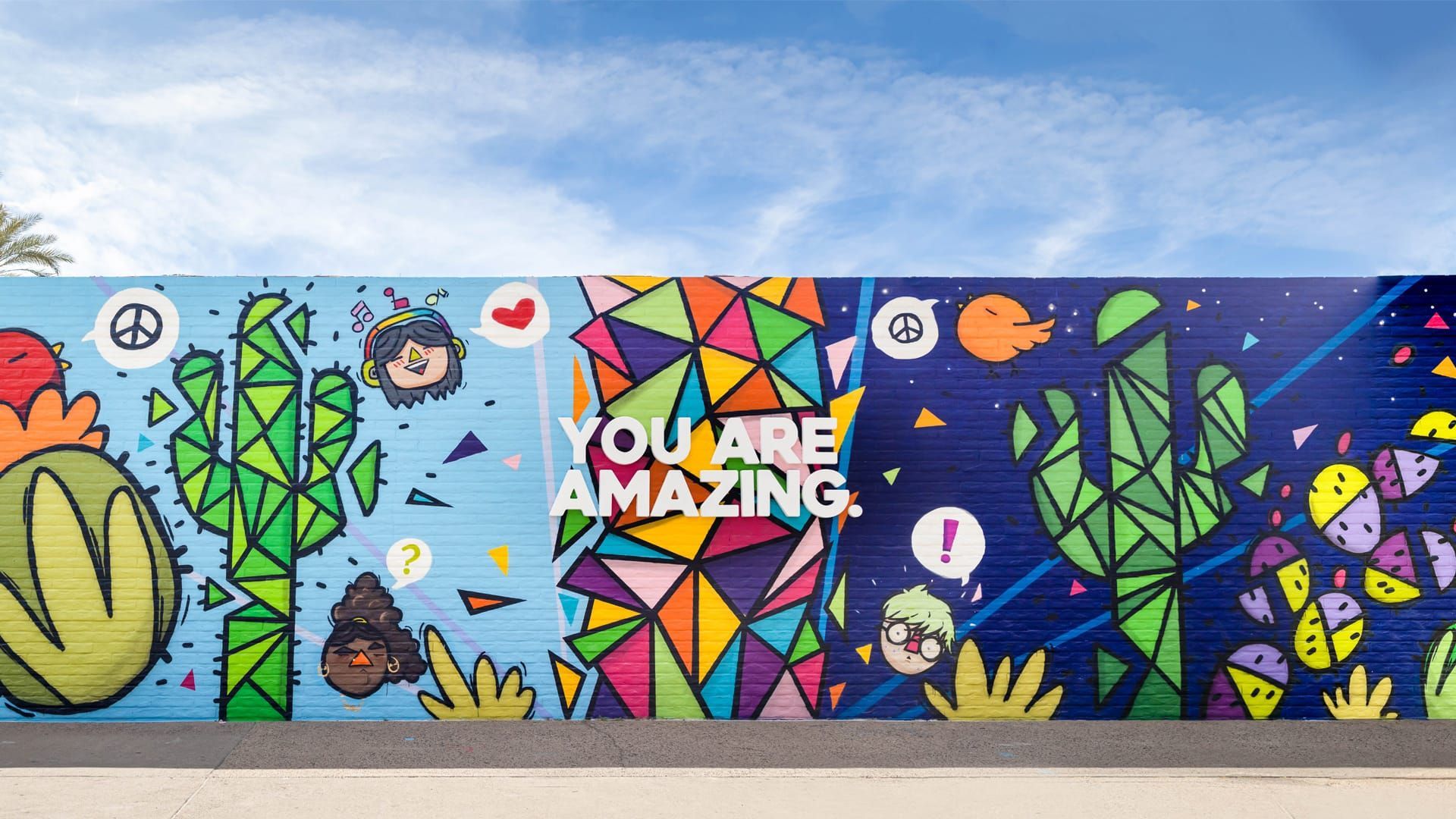
Evaluating Mural Artists' Qualifications
Once you've identified potential artists, evaluate their qualifications to determine who might be the best fit for your project.
Portfolio Assessment
A mural artist's portfolio is your window into their capabilities. When reviewing portfolios, consider:
- Style versatility: Can they adapt to different styles, or do they have a signature look?
- Technical prowess: Evaluate their handling of perspective, proportion, and detail.
- Similar projects: Have they completed murals similar in scale or subject matter to your vision?
- Progression: Has their work improved over time, showing growth and refinement?
Experience and Training
While formal education isn't always necessary for talented artists, consider their overall experience and background:
- How long have they been creating murals professionally?
- Have they received training in specific techniques relevant to your project?
- Do they have experience working with buildings or surfaces similar to yours?
Client Testimonials and References
Past client experiences can provide valuable insights into what it's like to work with an artist:
- Look for testimonials on their website or social media.
- Request references from previous clients, particularly those with projects similar to yours.
- Ask specific questions about reliability, communication, and how they handled challenges.
Professionalism and Business Practices
Professional mural artists should demonstrate business acumen alongside artistic talent:
- Do they respond promptly and professionally to inquiries?
- Do they have insurance coverage?
- Are they comfortable providing detailed contracts and proposals?
- Can they articulate their process clearly?
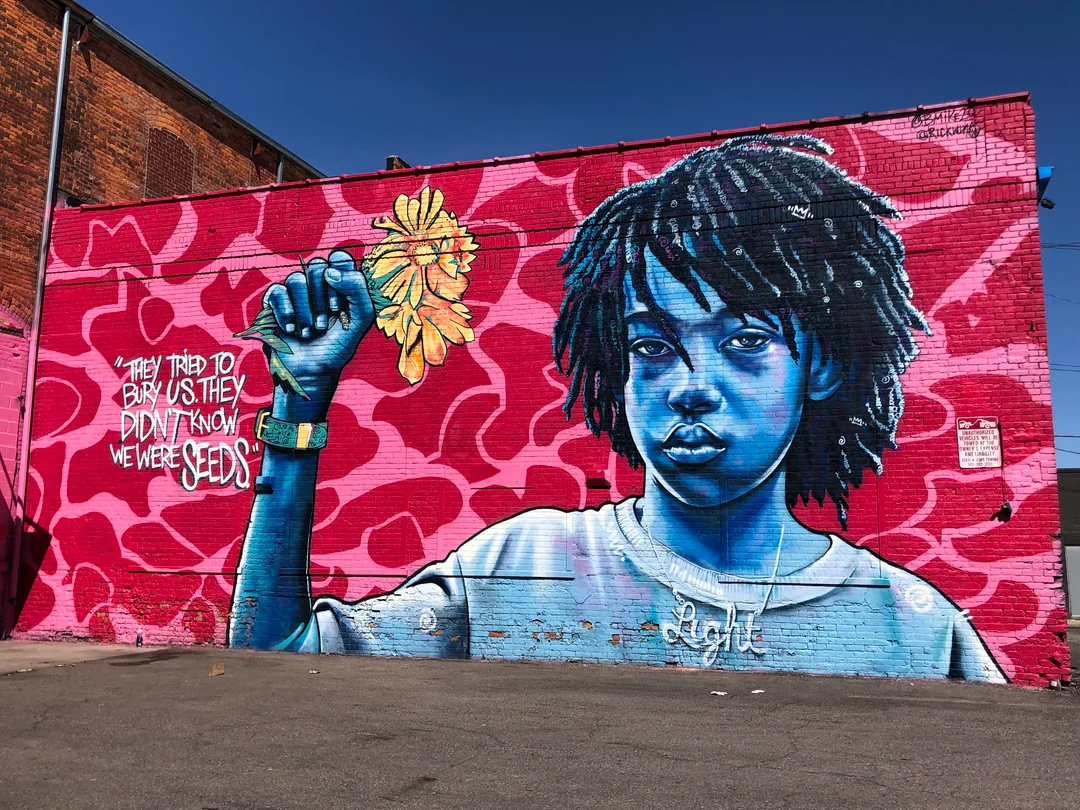
The Initial Consultation Process
Once you've shortlisted potential artists, schedule initial consultations to discuss your project in detail. This crucial step helps determine whether an artist is right for your specific needs.
Preparing for the Consultation
Before meeting with artists, prepare:
- Visual references that illustrate your style preferences
- Photos of the wall or space where the mural will be located
- Notes about any specific elements you want included
- Questions about their process, timeline, and pricing structure
Key Questions to Ask
During the consultation, ask questions that will help you understand the artist's approach:
- How do they typically collaborate with clients during the design phase?
- What is their process for incorporating feedback?
- How do they handle unforeseen challenges or changes mid-project?
- What preparation will the wall need before they begin?
- How do they ensure the longevity of their murals?
- What maintenance will the mural require over time?
Discussing Budget Transparently
Be upfront about your budget during initial discussions. Professional artists should be able to tell you what's achievable within your price range and suggest adjustments if necessary. Remember that mural pricing typically includes:
- Design development
- Surface preparation
- Materials and equipment
- Actual painting time
- Finishing treatments
- Travel expenses (if applicable)
Assessing Communication Style
Pay attention to how the artist communicates during this initial meeting. The best collaborations occur when there's mutual understanding and respect. Consider:
- Do they listen carefully to your ideas?
- Do they ask thoughtful questions about your vision?
- Do they offer creative solutions or suggestions?
- Do they explain technical aspects in understandable terms?
Understanding the Mural Creation Process
A clear understanding of the mural creation process will help you set realistic expectations and ensure smooth collaboration with your chosen artist.
Design Development and Approval
Most mural projects begin with design development:
- The artist creates preliminary sketches based on your discussions.
- You provide feedback on these initial concepts.
- The artist refines the design.
- Final design approval occurs before any paint touches the wall.
This iterative process ensures both parties share the same vision before work begins.
Surface Preparation Requirements
Proper surface preparation is crucial for mural longevity:
- Wall repairs (filling cracks, removing peeling paint)
- Cleaning (removing dust, grease, or mildew)
- Priming with appropriate primer
- Base coat application
Some artists handle these preparations themselves, while others may require the client to prepare the surface according to specifications.
Installation Timeline and Logistics
Understanding the practical aspects of mural creation helps prevent misunderstandings:
- How many days will the artist need on-site?
- Will they require assistants?
- What hours will they work?
- Will they need access to electricity, water, or restrooms?
- How will weather affect the timeline for outdoor murals?
- Will the area need to be closed to foot traffic during painting?
Documentation and Promotion
Many artists document their process through photos or videos, which can be valuable content for your marketing efforts. Discuss:
- Who owns the rights to images of the completed mural
- Whether the artist will share process photos on their social media
- If the artist expects credit when you share images of the mural

Contracts and Legal Considerations
Professional mural projects should always involve proper contracts to protect both parties. A comprehensive mural contract typically covers:
Scope of Work
Clear definition of what the artist will deliver:
- Exact dimensions and location of the mural
- Detailed description of the approved design
- Materials to be used
- Who is responsible for surface preparation
Payment Schedule
Most mural artists require:
- A non-refundable deposit to secure their time (typically 30-50%)
- Progress payments for larger projects
- Final payment upon completion
Timeline and Deadlines
The contract should specify:
- Design approval deadlines
- Project start date
- Estimated completion date
- Provisions for weather delays or unforeseen circumstances
Revision Policy
To prevent scope creep, contracts should outline:
- How many rounds of design revisions are included
- Fees for additional revisions
- Process for requesting changes once painting has begun
Copyright and Usage Rights
Mural artists retain copyright of their original designs unless specifically transferred. The contract should address:
- Who owns the intellectual property rights
- How the client can use images of the mural (merchandise, promotional materials, etc.)
- Whether the artist can include the work in their portfolio
Maintenance and Longevity
A good contract will also cover:
- Expected lifespan of the mural
- Maintenance recommendations
- Any warranty on craftsmanship
- Process for touch-ups or repairs
Managing the Mural Installation Process
Once you've selected an artist and signed a contract, your role shifts to facilitating a smooth installation process.
Site Preparation
Before the artist arrives:
- Ensure the area is clean and accessible
- Remove furniture or obstacles
- Address any structural issues with the wall
- Complete any required base coating
- Arrange necessary permissions for equipment (like lifts or scaffolding)
Communication During the Project
Maintain appropriate communication throughout the installation:
- Schedule regular check-ins at predetermined milestones
- Be available to answer questions that may arise
- Respect the artist's creative process and working style
- Address concerns promptly but respectfully
Balancing Oversight and Trust
Finding the right balance between monitoring progress and giving the artist space can be challenging:
- Trust the professional you've hired to execute their vision
- Avoid micromanaging the creative process
- Save feedback for agreed-upon review points
- Remember that murals often go through an "ugly phase" before coming together
After the Mural: Maintenance and Promotion
Your relationship with the mural artist shouldn't necessarily end when the paint dries. Consider the following post-installation aspects:
Mural Maintenance
Proper maintenance ensures your investment lasts:
- Follow the artist's recommendations for cleaning
- Address damage promptly to prevent deterioration
- Schedule periodic touch-ups if needed
- Protect outdoor murals from extreme weather when possible
Promoting Your Mural
A new mural presents marketing opportunities:
- Host an unveiling event
- Share the story behind the mural on social media
- Create a plaque or QR code with information about the artwork and artist
- Include the mural in local art tours or maps
Building Long-term Relationships
If you're pleased with the artist's work:
- Provide testimonials and referrals
- Consider commissioning additional murals
- Follow their career and support their other projects
- Recommend them for other opportunities
Conclusion: Making Your Mural Vision a Reality
Hiring the right mural artist is a crucial decision that affects not only the aesthetic appeal of your space but also the experience of navigating a creative process. By knowing what to look for in a mural artist, clearly defining your goals, thoroughly evaluating candidates, and establishing clear contracts and communication, you'll maximize your chances of achieving a result that exceeds your expectations.
Remember that the most successful mural projects are true collaborations between client and artist. By approaching the process with respect for the artist's expertise while clearly articulating your vision, you create the conditions for a truly remarkable mural that will inspire and delight for years to come.
Whether you're commissioning a mural for your home, business, or community space, the time and effort invested in finding the right artist will pay dividends in the form of a unique, powerful work of art that transforms your environment and tells your story in a way no other medium can.
TALK TO A PRO
We're here to bring your brand to life!
Stay Connected with BrandXR
Create Augmented Reality for Free!
Create, Publish, and Measure 3D Augmented Reality Experiences Without Having to Code.
